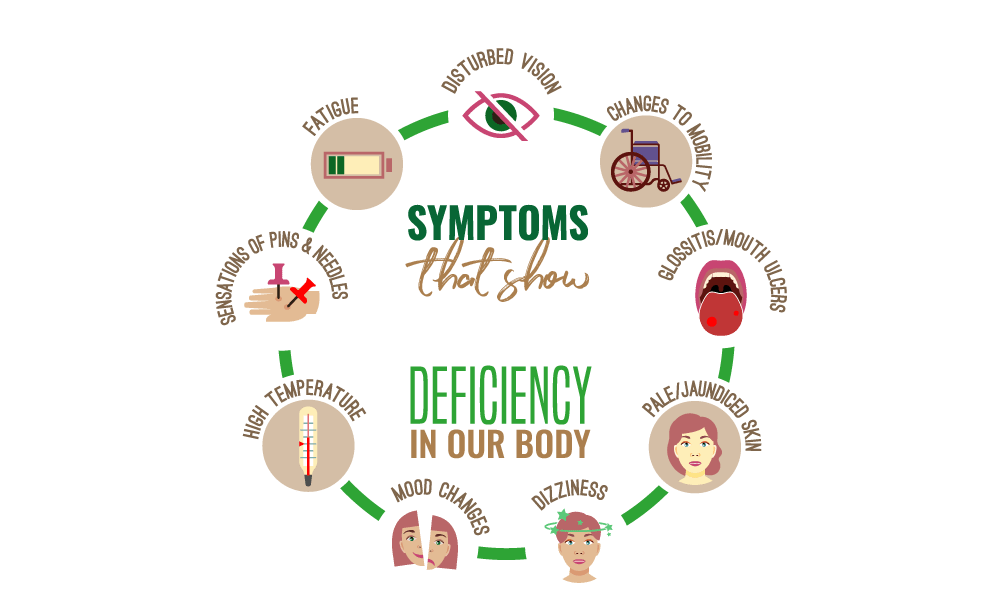Folate is the Essential Nutrient for Managing Anemia in Pregnancy
Anemia affects young generations, pregnant and postpartum women, and can appear in the elderly.
Pregnant women have increased oxygen requirements to support the growing baby, making them more susceptible to developing iron-deficiency anemia during this critical life stage.
Low levels of folate and iron nutrients can lead to a range of adverse health outcomes, including pregnancy complications, fetal malformations, and delayed mental development in the newborn. It is crucial to address these nutritional deficiencies to ensure the well-being of both the mother and the developing child.
A Russian study confirms that maintaining iron and active folate homeostasis through oral intake during the three-month preconception period and early stages of pregnancy is a feasible and highly effective option.
Quatrefolic®, a clinically validated form of folate, has demonstrated exceptional efficacy and excellent tolerability with a minimal risk of side effects. This makes it an ideal solution for supporting the nutritional needs of women during the critical pre-pregnancy and early pregnancy stages.
Childhood Anemia: The Importance of Folate Support
Anemia seriously affects child growth, development, and survival and is associated with poor cognitive and motor development.
Rigorous research has consistently demonstrated the highly effective nature of Intermittent Iron and Folic acid (IFA) supplementation in reducing iron-deficiency anemia among children and adolescents.
A meta-analysis of trials conducted across 20 countries in Latin America, Africa, and Asia has shown that intermittent supplementation can reduce the risk of anemia by 49% in children aged 0-12 years.
These findings highlight the power of iron and folate supplementation in combating the widespread challenge of childhood anemia.
Quatrefolic® and Vitamin B12 Deficiency: Addressing Anemia in the Elderly
Vitamin B12 deficiency is a common occurrence in older adults, yet it can often be challenging to recognize. This is particularly problematic, as folate and vitamin B12 deficiency share common symptoms, including the hematologic symptom of megaloblastic anemia.
To effectively address this challenge, healthcare providers must be vigilant in identifying and differentiating between folate and vitamin B12 deficiencies, even in the presence of Quatrefolic® supplementation. Comprehensive diagnostic testing and a holistic approach to anemia management are crucial to ensure the proper care and long-term well-being of elderly patients.
In the elderly, this issue is further compounded, as the administration of large amounts of folic acid can effectively mask the underlying vitamin B12 deficiency.

Quatrefolic® supplementation is unlikely to mask vitamin B12, resulting in tangible advantages and a safer profile than folic acid.

